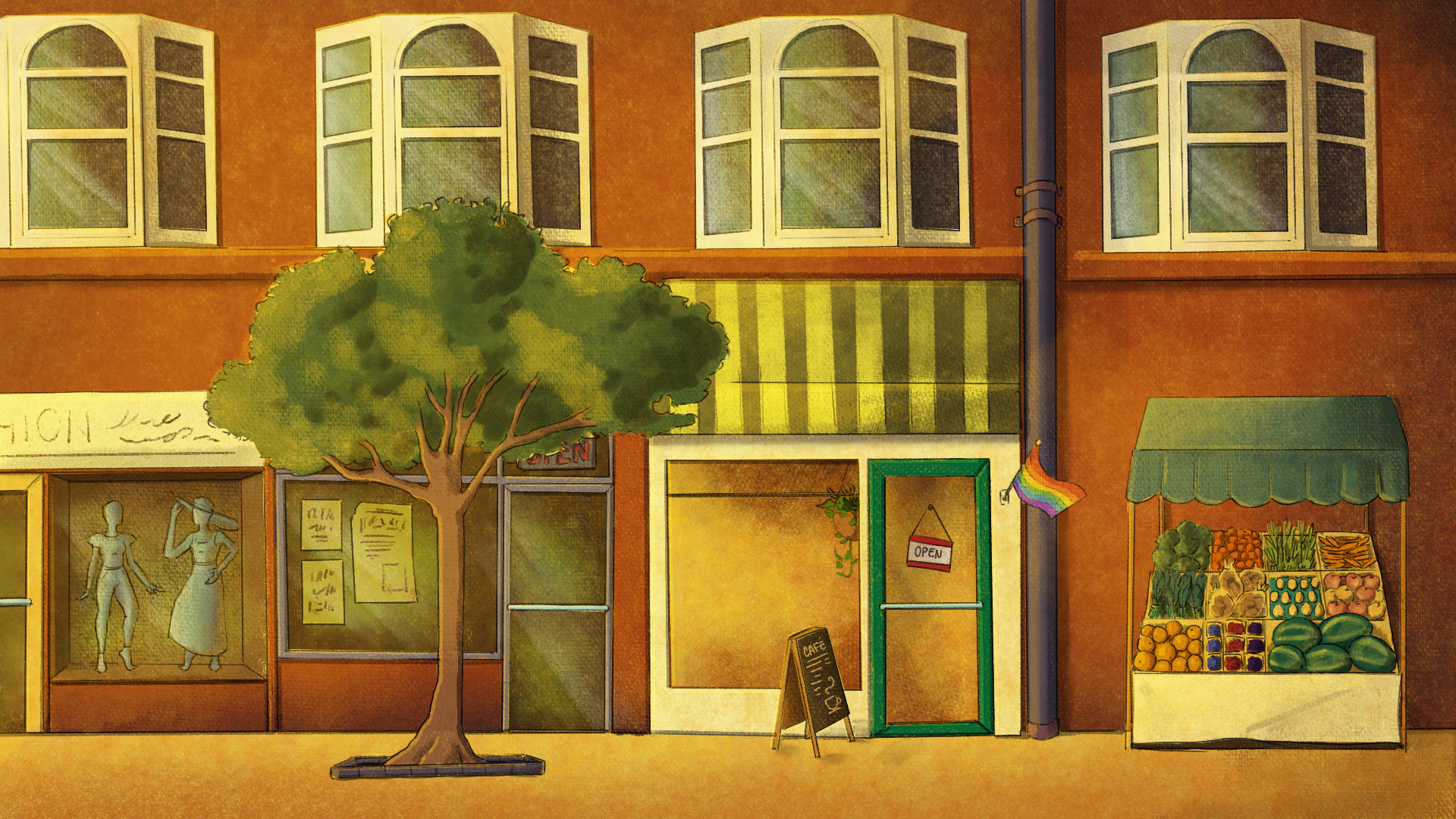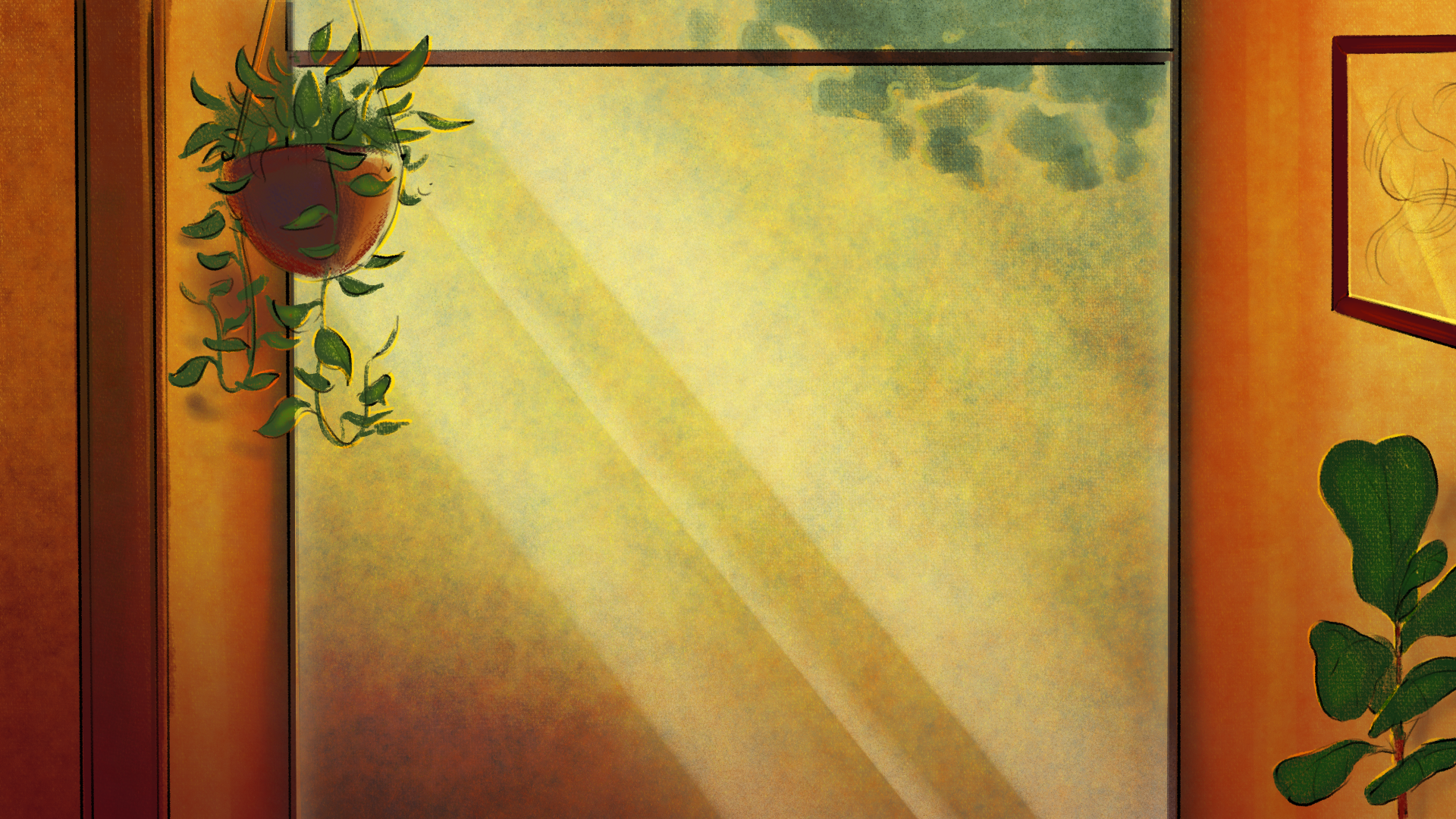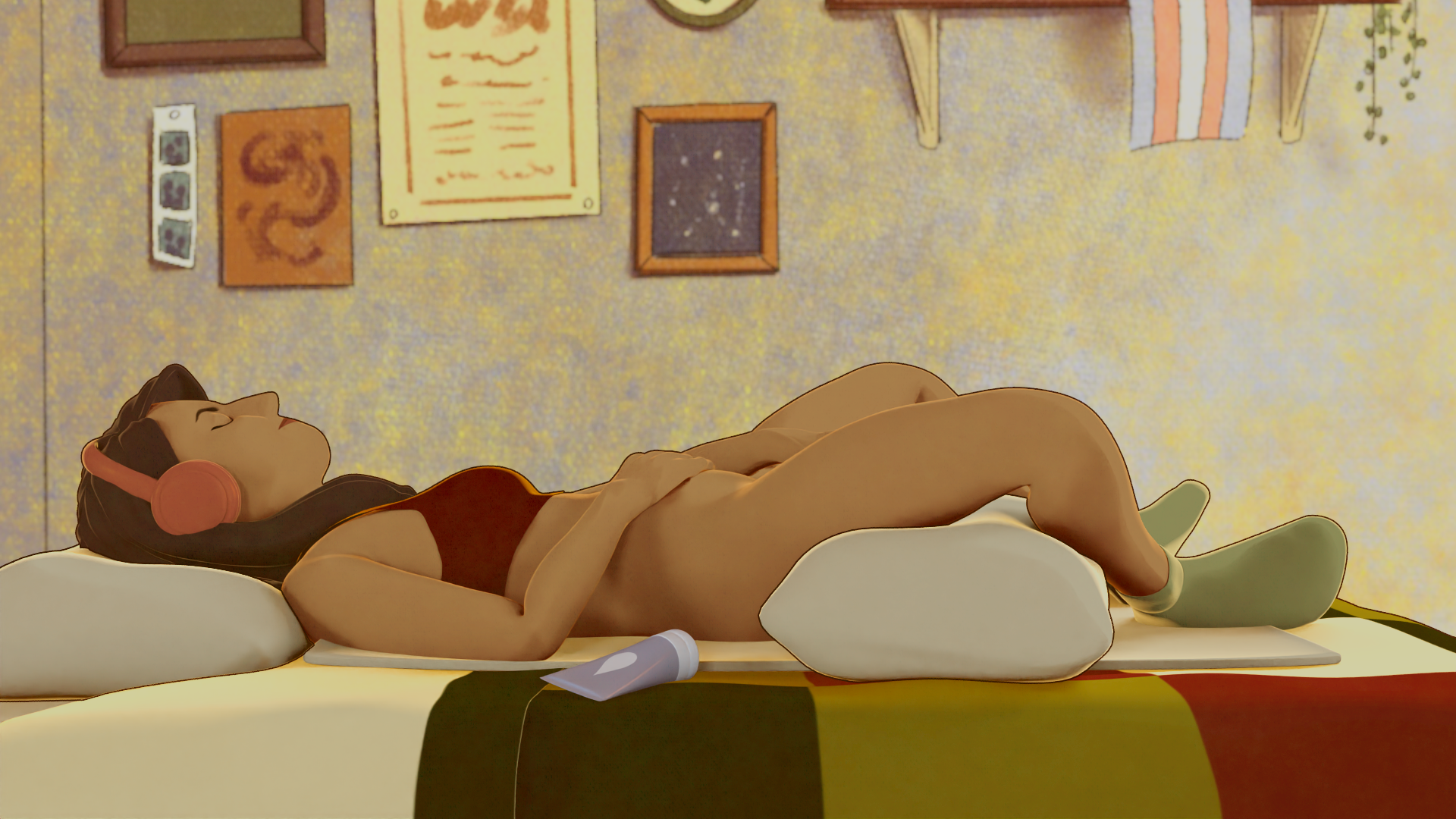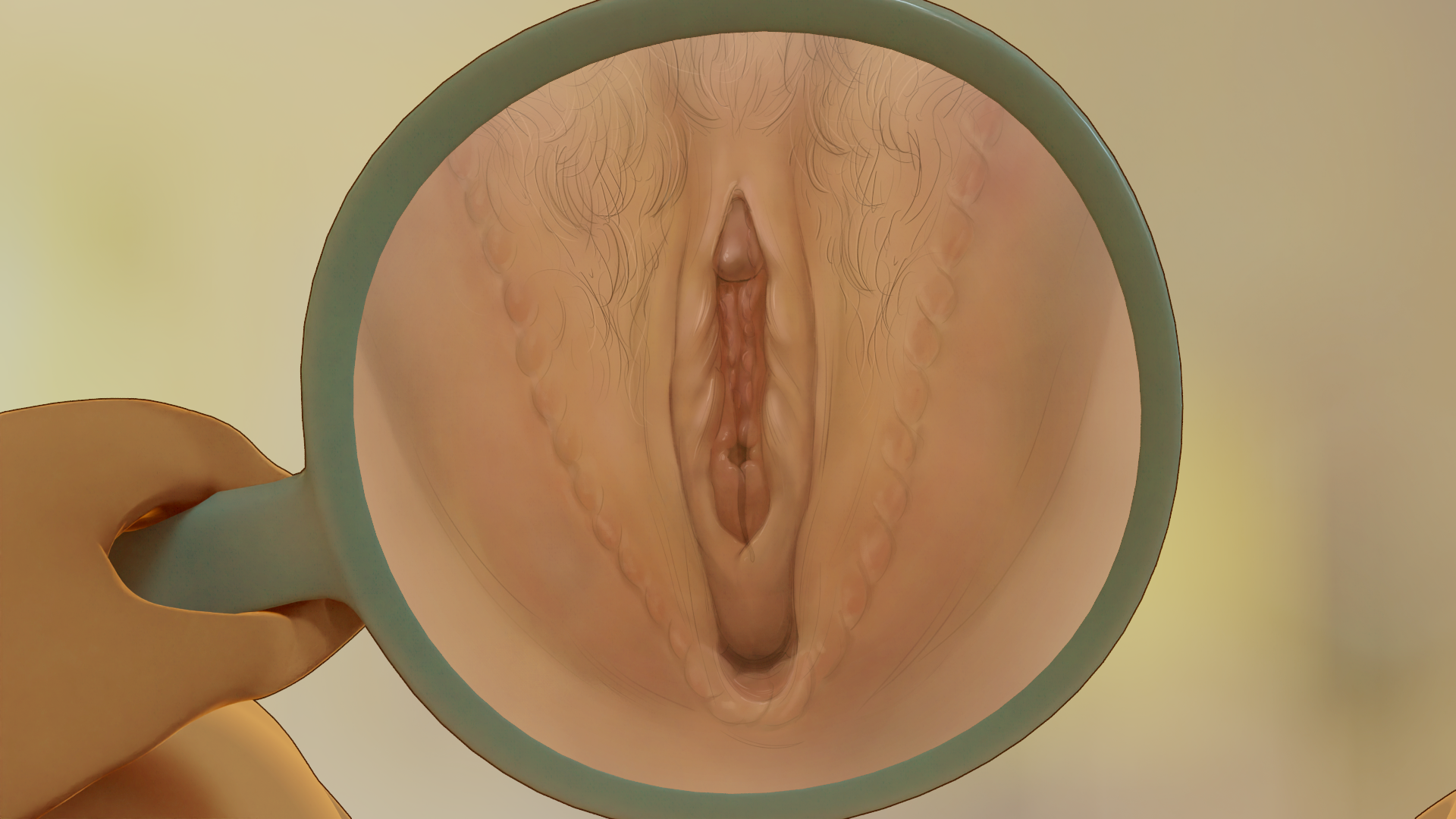Project VISION:
Dilation in Your Daily Routine
Project VISION (Visual Instruction for Stenosis Intervention and Optimization of Neovaginal Care) was initiated to tackle the gap in healthcare resources for transgender women.
Dilation after a transition-related vaginoplasty is critical to post-operative outcomes. This animated video goes over the basics of dilation, relaxation techniques rooted in pelvic floor physiotherapy, and a narrative that brings a new perspective to patient education.
-
Content Advisors:
Alexandra Millman, MD, MPH, FRCSC
Olivia Drodge, TAMI, MScPT, Hons BKin
Faculty Supervisor:
Michael Corrin, BFA, BA, BScH, MScBMC, CMI
-
Adobe After Effects, Autodesk Maya, Procreate
-
Transfeminine individuals seeking a transition-related vaginoplasty
Pre-Production
From the start, I had a clear vision for the environment and ambience of this video. While it took a while to get the story set in stone, this initial instinct guided me through to the project’s completion.
This project followed the standard animation pipeline: treatment, script, storyboard, and animatic (shown here).
Visual Abstract
Animatic
Environmental & Character Design
Dilation primarily happens in the privacy of one’s home. Why then, are the existing resources so clinical?
One of my main goals with this project was to create a safe, approachable environment. This was accomplished by combining a soft, warm color palette, illustrated backgrounds reminiscent of Studio Ghibli films, and the familiar imagery of a local café and a lived-in bedroom.
The character design was also incredibly important. I wanted to make sure that the relationship between the two characters was organic and that they felt relatable.
Illustrated backgrounds and final compositing with 3D assets.
Portrayal of Anatomy
There is a fine line in showing anatomy in patient education. How do you keep things realistic without overwhelming the patient with extraneous information?
This project had the added challenge of showing post-operative genital anatomy, which ran the risk of being overly gory and needed to be handled sensitively. My approach was to simplify the anatomy where possible, while keeping a solid foundation.
For the cross-sectional view, some structures are omitted to keep the focus on the relevant anatomy. The first-person shots of the vulva are illustrated to create a softer visual feel, yet accurately reflect the post-operative appearance.
Cross-section of pelvis with simplified anatomy.
First-person view of vulva in mirror reflection, showing multiple post-operative appearances.
Facial Animation Research & Development
Because the narrative for this project is character-driven, a major challenge was to find the balance between natural-feeling animation and and an efficient workflow.
This tutorial video highlights the basic workflow that I developed for this project.












